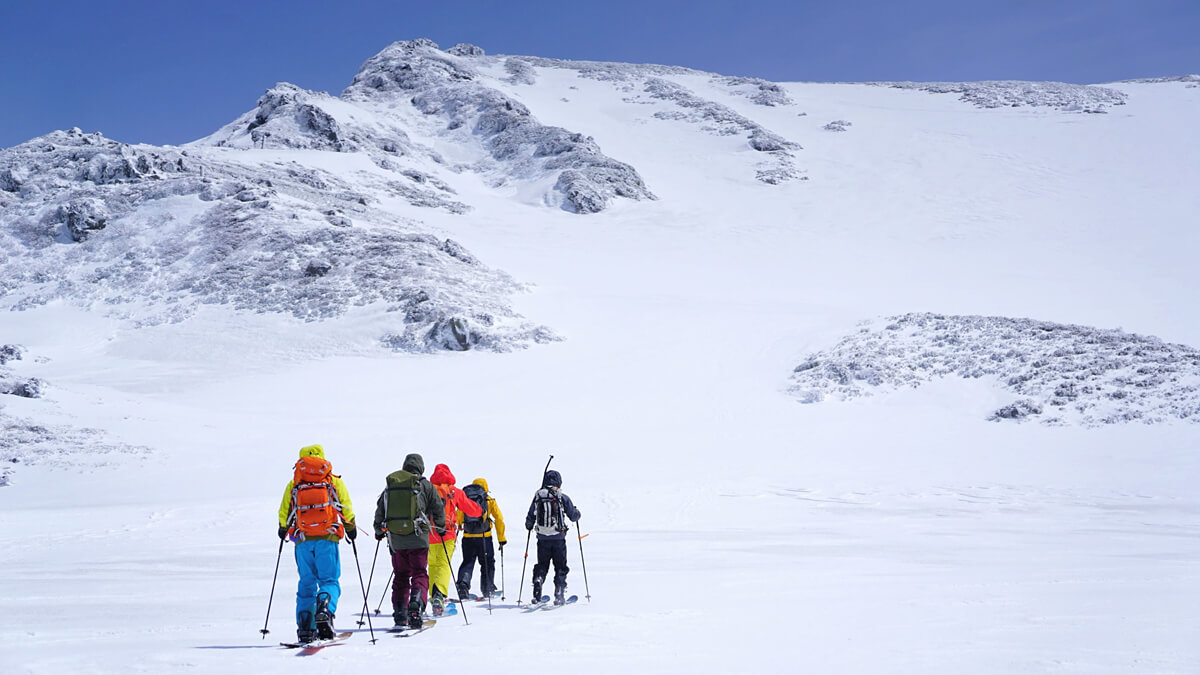
[Fall/Winter 2025] The best backpacks for backcountry skiing and snowboarding, with tips for choosing the right one and avoiding regrets
What is the best backpack for backcountry skiing?
For those who love white powder, which is dangerous but makes you feel the best, it's always a pressing story to equip them with safe and comfortable gear. What's more, when it comes to backpacks, which is no exaggeration to say that it is the most important tool when climbing.
It is true that you can do backcountry skiing (ski tours) with a normal mountain climbing backpack, but in order to take on the challenge with a perfect posture, you'd want to take a special backpack made for that purpose.
Of course, it's not just a matter of mood. Although it is a backpack for mountain climbing, the overall comfort of the overall wear and the ease of use of the body, the tools to store and carry, and the types of dangers vary greatly between mountain climbing and skiing tours, so backpacks made for backcountry skiing are very different in terms of comfort and ease of use.
So, for those who want to fully enjoy backcountry skiing and snowboarding, I'll write about recommended backpack models for backcountry skiing and snowboarding in the first half, and tips on how to choose one in the second half. After doing some research, I've learned that there are a wide variety of preferences for backpacks for ski touring, depending on the manufacturer and the person. Therefore, the selection method I'll write about here inevitably reflects my personal preferences and habits, so there may be many differences in opinion with experts. I hope you'll read on with that in mind.
Please note that we are only introducing one or two recommended models in each category here, but you can view a comparison table of all 169 best candidates, including other backpacks for snowy mountains, by becoming a member.
Outdoor Gearzine's content is made possible by your support. If you're interested, please consider becoming a member!
All recommended snow backpacks and a comparison table of all 169 models are available with a paid membership.
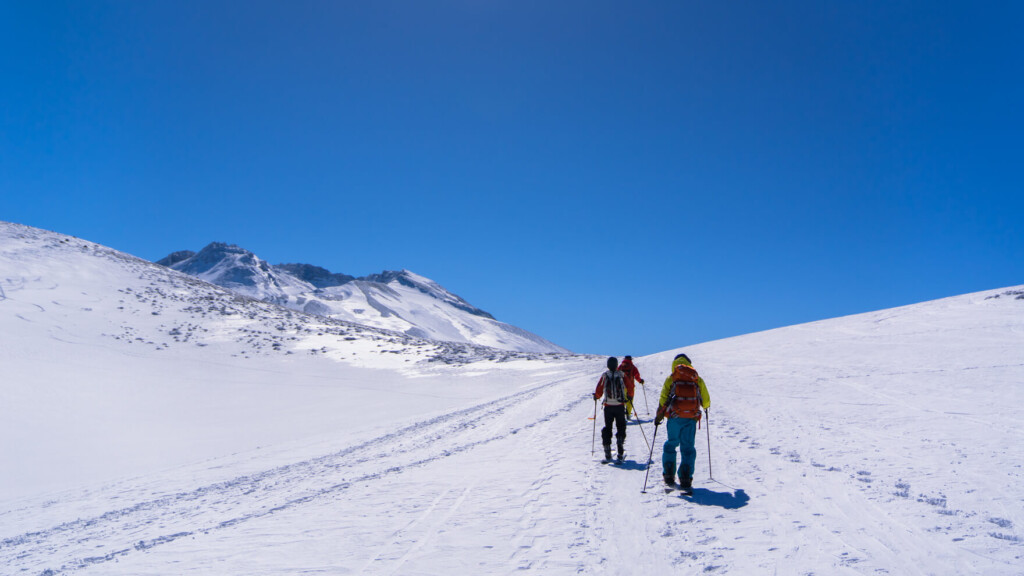
table of contents
- [By Use/Preference] Backpacks for Backcountry Skiing and Snowboarding that You'll Want Now
- All-around Backcountry Ski Backpack: bca STASH 35
- Best Backcountry Ski Backpack with Great Storage Capacity: Haglofs Sensate Pro 32
- Affordable Backcountry Ski Backpack: ARVA RESCUER 32 PRO
- Lightweight Backcountry Ski Backpack: ORTOVOX Switchback 27
- Large Backcountry Ski Backpack: Osprey Soleden 45
- Avalanche airbag for backcountry skiing: bca FLOAT E2 35L
- How to Choose: What is a Backcountry Ski Backpack? How is it Different from a Regular Backpack?
- 10 points to check out when choosing a backcountry backpack
- Point 1: Size (capacity)
- Point 2: Is it equipped with or without an avalanche airbag?
- Point 3: Comfort and stability when carried on your back
- Point 4: Ski/Snowboard installation method
- Point 5: Storage for avalanche tools
- Point 6: Access to main storage
- Point 7: Helmet holder
- Point 8: Storage of other carefully selected tools
- Point 9: The shoulder strap and waist belt feel comfortable
- Point 10: Ease of use of zippers and buckles
- Finally, check this one out too
- summary
[By Use/Preference] Backpacks for Backcountry Skiing and Snowboarding that You'll Want Now
All-around Backcountry Ski Backpack: bca STASH 35
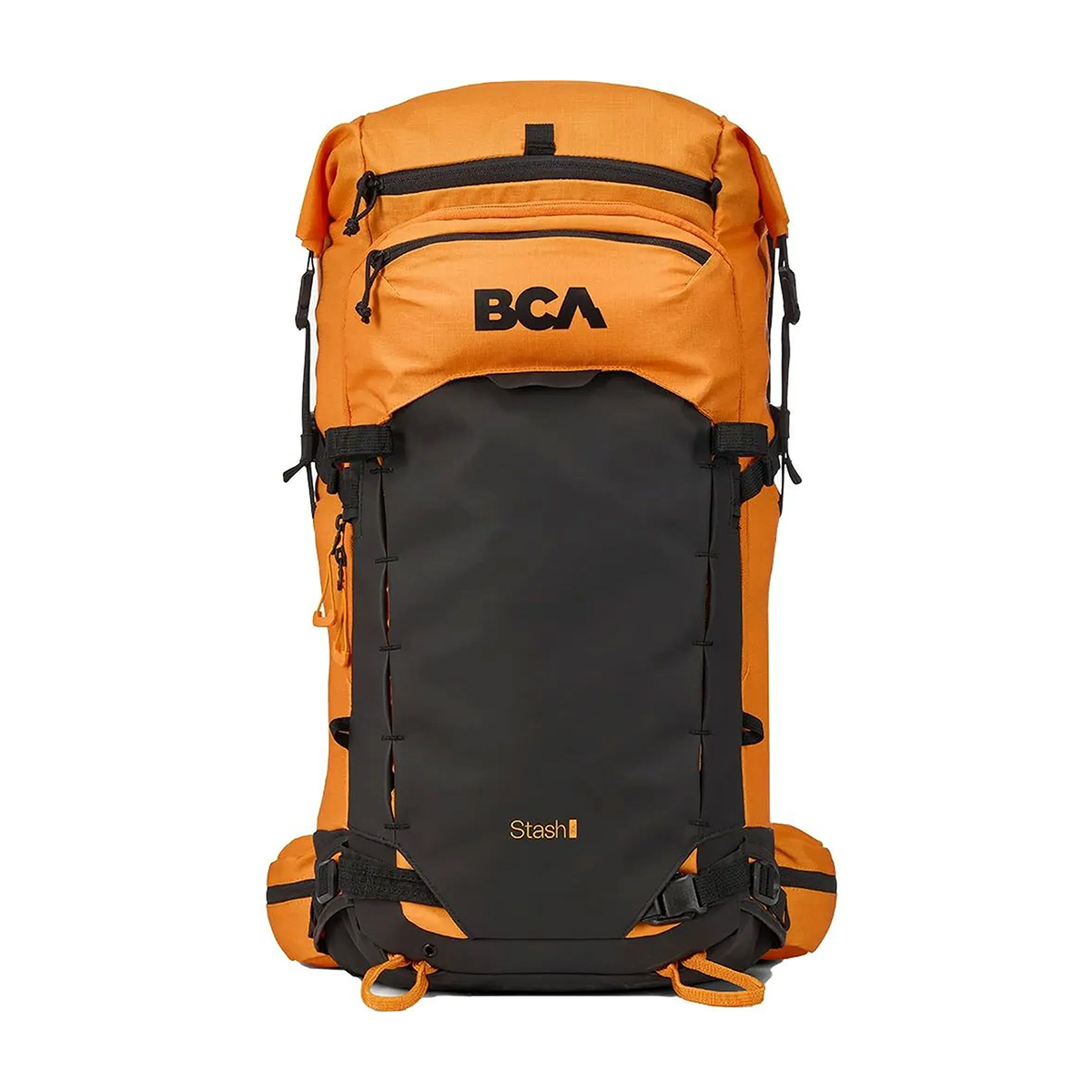
The most difficult choice this time was the best model of backpack for backcountry use. This is because all of the models listed here are comfortable, convenient, and well-made, and it's hard to choose a favorite. However, since it would be boring to recommend them all, I chose two backpacks that I personally recommend, not only based on objective performance but also on whether they suit my style.
What I look for in a backcountry backpack is, of course, ease of carrying, but "convenience in terms of storage" is also a major factor, as it makes a big difference. Backcountry skiing requires a lot of packing and unpacking, with ski attachments, avalanche gear, ski crampons, helmets, skins, goggles, gloves, and balaclavas (although I personally have a tendency to carry a lot of stuff). And it requires quick action. For that reason, I want a backcountry backpack that can handle all the complicated and varied gear I need in the simplest and smartest way possible.
So, the first one I'll talk about the BCA STASH . I've always loved this series from BCA for its comfort and storage capacity. Not only can you attach skis in multiple styles and store avalanche tools, but the main compartment, which opens wide with a zipper on the back, offers the usual space plus space for hydration and a transceiver, a small mesh pocket with a key clip, and of course, a helmet holder and a fleece-lined goggle pocket. It even has a daisy chain that can be used to attach crampons, so it's truly packed full of storage options. The only downside is that it's a bit heavy.
Best Backcountry Ski Backpack with Great Storage Capacity: Haglofs Sensate Pro 32
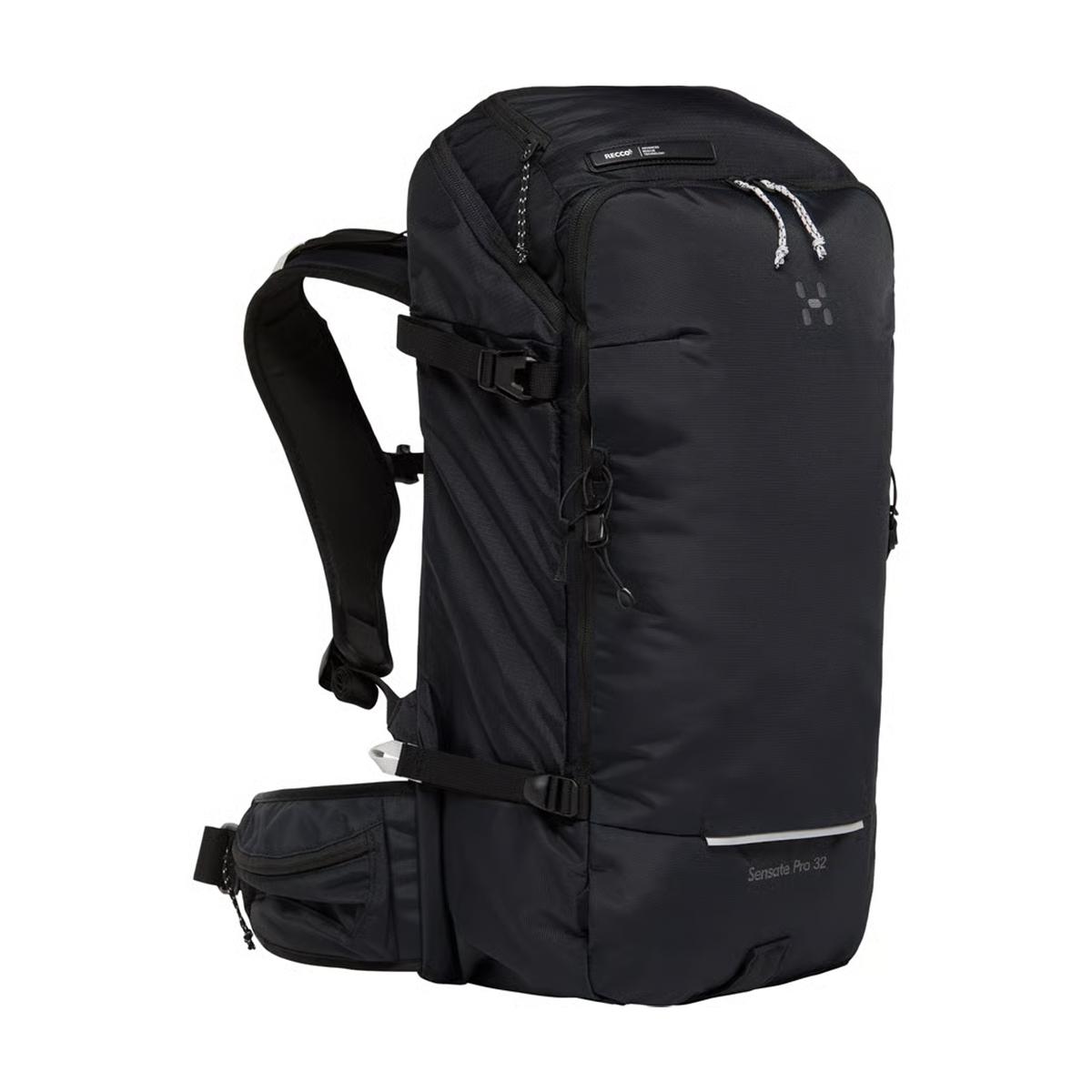
The Sensate Pro 32 from Haglofs, another brand I personally trust for snow gear, offers similarly above-average comfort, lightness, and durability, while also offering excellent storage capacity. The bottom of the main compartment has a side-accessible crampon pocket, which is particularly nice. There's enough space to fit not only crampons, but also climbing skins and ski crampons, allowing for quick access when changing gear.
Affordable Backcountry Ski Backpack: ARVA RESCUER 32 PRO
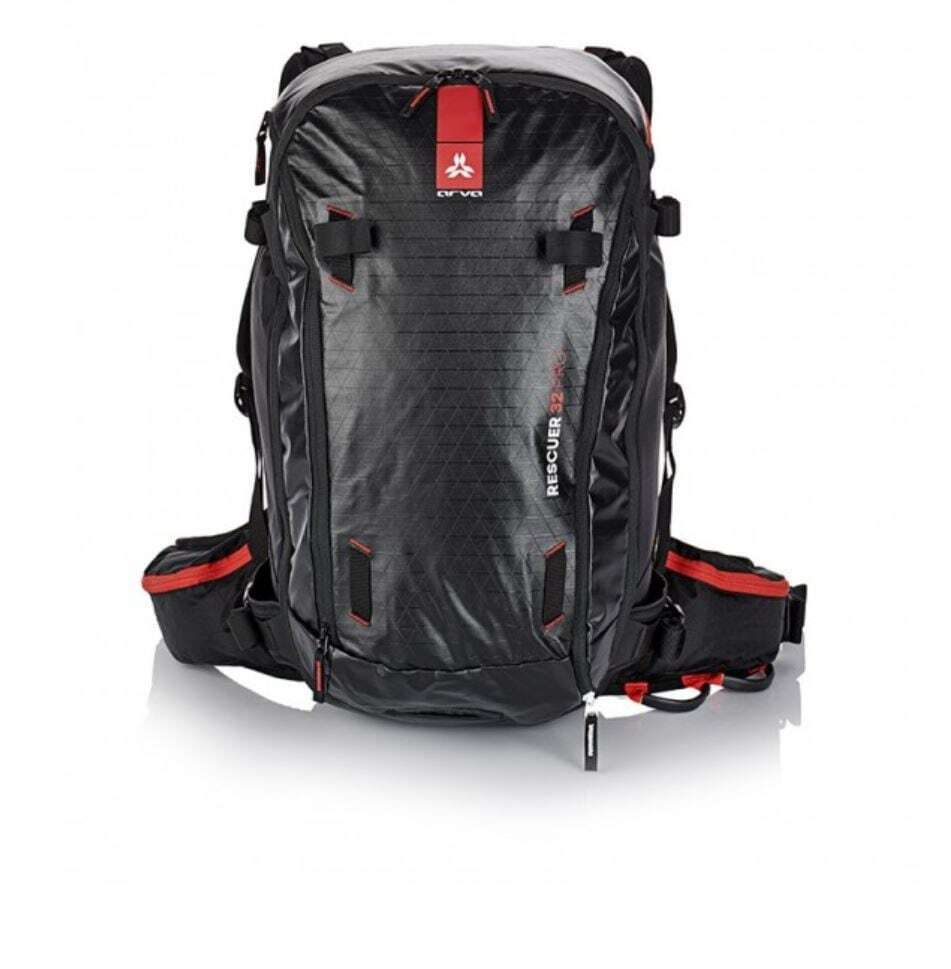
The ARVA RESCUER 32 PRO is just as functional as a high-end BC backpack, but at the time of writing it offers amazing value for money, coming in at under 20,000 yen for a size of 30 liters or more (helmet holder sold separately) . Its light weight of just over 1kg is also not to be missed.
Lightweight Backcountry Ski Backpack: ORTOVOX Switchback 27
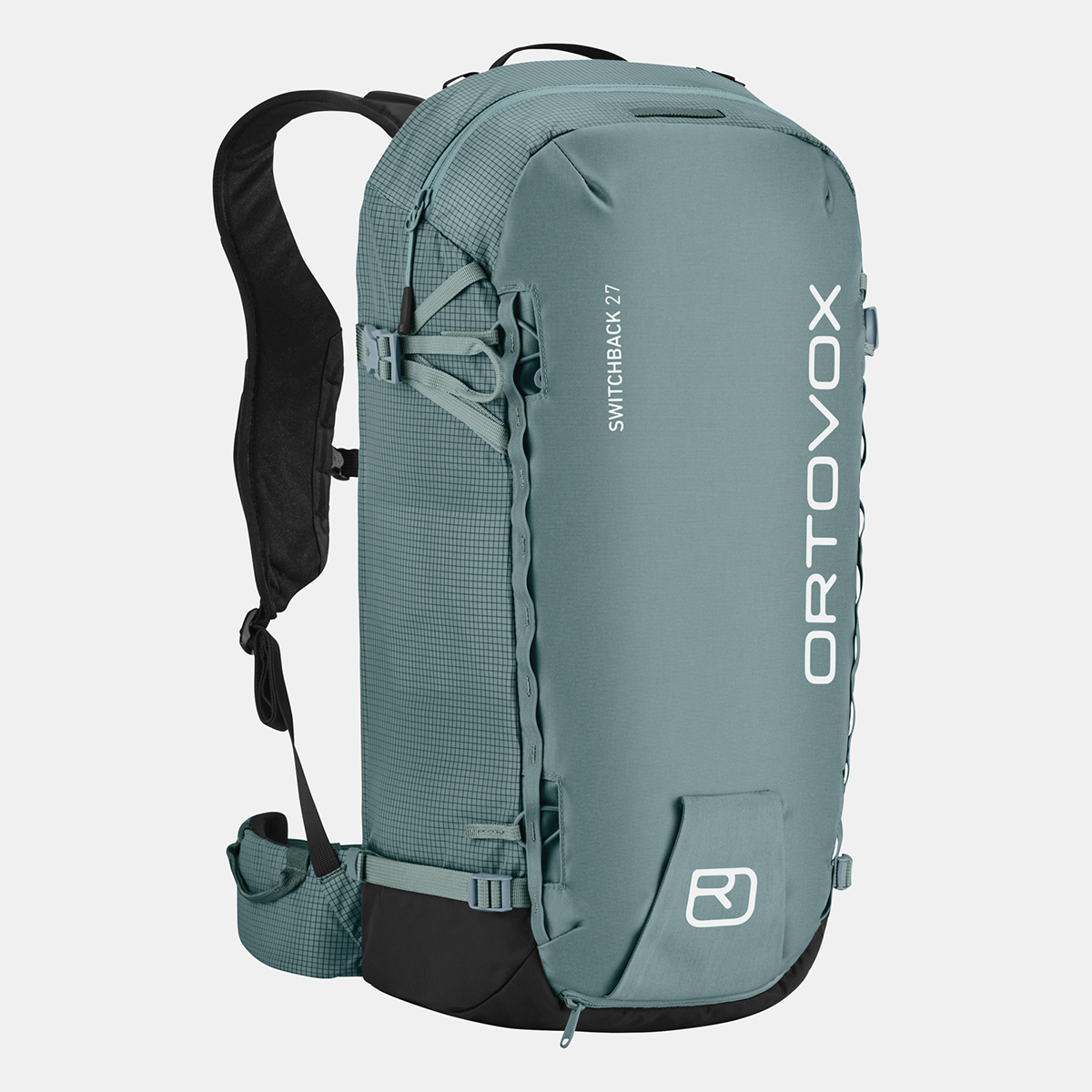
Unlike storage freaks like me, some people prefer to travel light with as little equipment as possible when touring backcountry skiing. Or, from March onward, when the weather calms down, you might not need a full set. In those cases, a lightweight, highly functional, and comfortable BC backpack is recommended. In this category, the ORTOVOX Switchback 27 was an outstanding choice. While it might be necessary to cut back on various features in order to make it as light as possible, it uses durable fabric, can accommodate A-frame, diagonal, and snowboard skis, has back zip-open access, and even includes a helmet holder. It's a one-day size and weighs less than 1kg, yet still offers plenty of functionality.
Large Backcountry Ski Backpack: Osprey Soleden 45
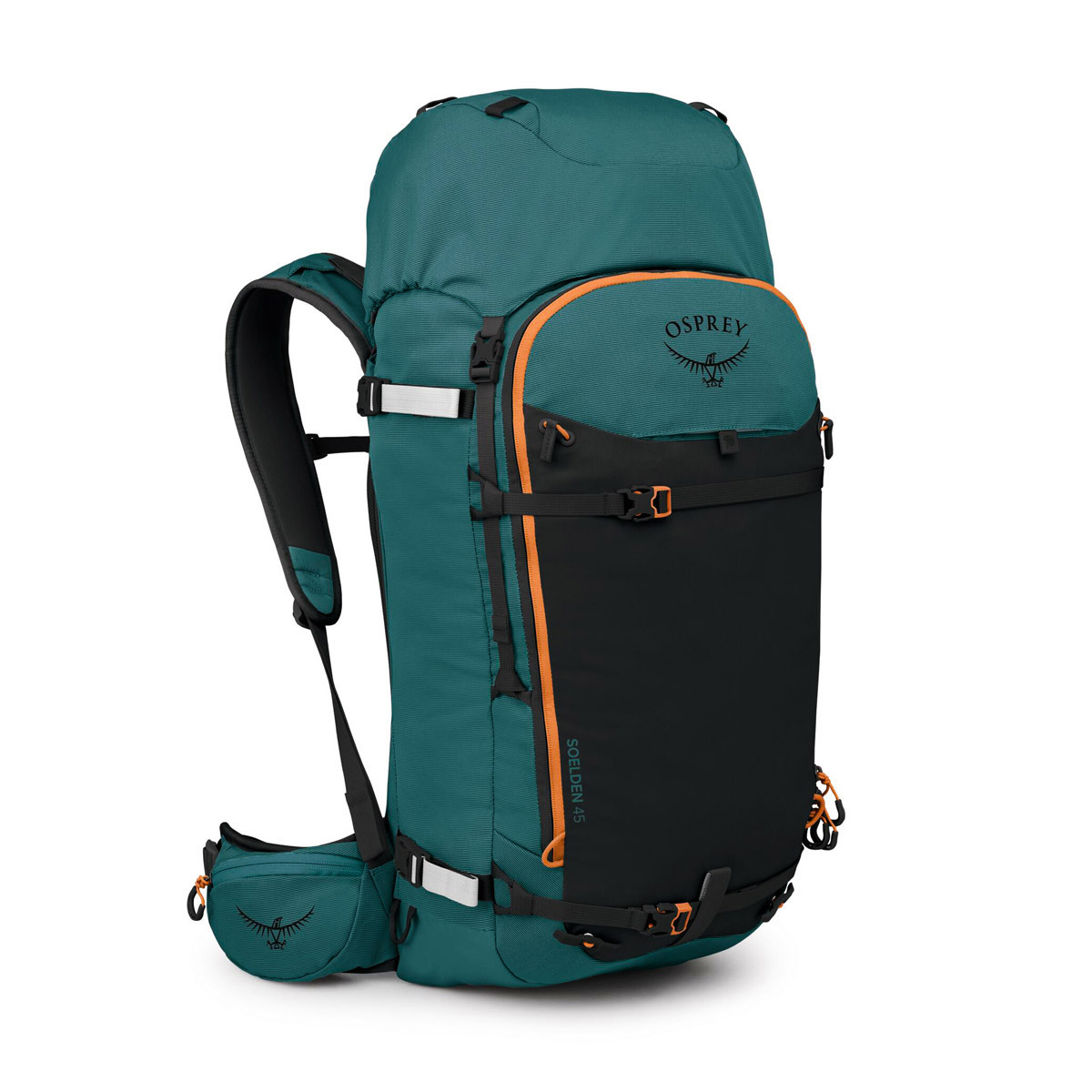
Multi-day ski touring, connecting ridges and valleys with multiple hikes and runs, is something many aspire to. A backpack large enough for such a long ski trip is essential. While there aren't many options in this category, the Soleden by Osprey , remains excellent. What's most undeniable is its excellent comfort and ease of carrying, even with heavy loads, as it evenly distributes the load evenly and makes it a valuable addition to any BC backpack market, where comfort is often overlooked.
Avalanche airbag for backcountry skiing: bca FLOAT E2 35L
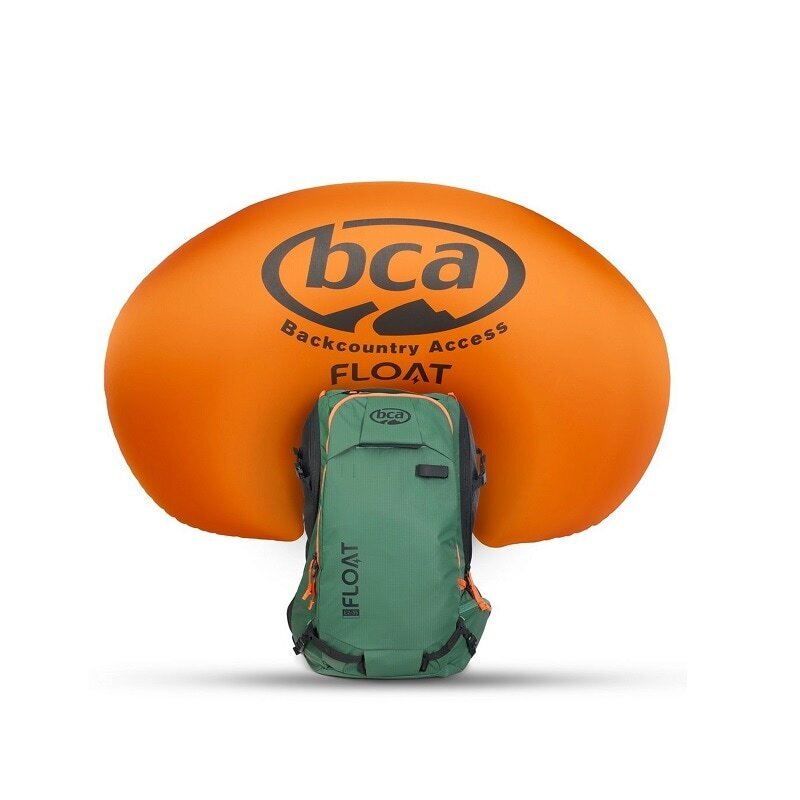
A backpack equipped with an avalanche airbag, which prevents you from being buried in an avalanche while backcountry skiing, has become an essential piece of gear for me when backcountry skiing in January and February. Due to its price, it's not recommended for everyone, but if you consider it the price of your life, it's a backpack you definitely want to have.
A new noteworthy model has been released this season for the avalanche airbag. As mentioned in the STASH article, bca FLOAT E2 35L , which is equipped with the lightweight and easy-to-use Alpride E2 . The back structure and storage are based on the STASH, so the backpack's high quality is guaranteed. And with an airbag that's even lighter and more compact than the previous generation, this is definitely the one.
In addition to the above, you can read all the recommended models picked out and a comparison list of all 169 models, including backpacks for snowy mountains, in the paid membership article.
How to Choose: What is a Backcountry Ski Backpack? How is it Different from a Regular Backpack?
Backpacks that were generally developed for backcountry skiing and snowboarding have many different features than backpacks for snow-free seasons in terms of structural aspects and storage and attachment.
From what you can see right away, it's the storage surface. For example, there is a dedicated compartment that makes it easy to put in and take out the shovel and probes, which are tools for rescue operations, (the other avalanche essential, beacons, are worn on the body rather than inside the pack). Alternatively, the back may be opened wide to make it easier to put in and take out luggage even in snowy mountains.
Another major feature is that these packs come with carry parts to make it easier to secure skis, splitboards and snowboards to the backpack. Of course, you can install a typical backpack using a side compression strap, but the dedicated pack can be attached in a variety of ways to secure it firmly.
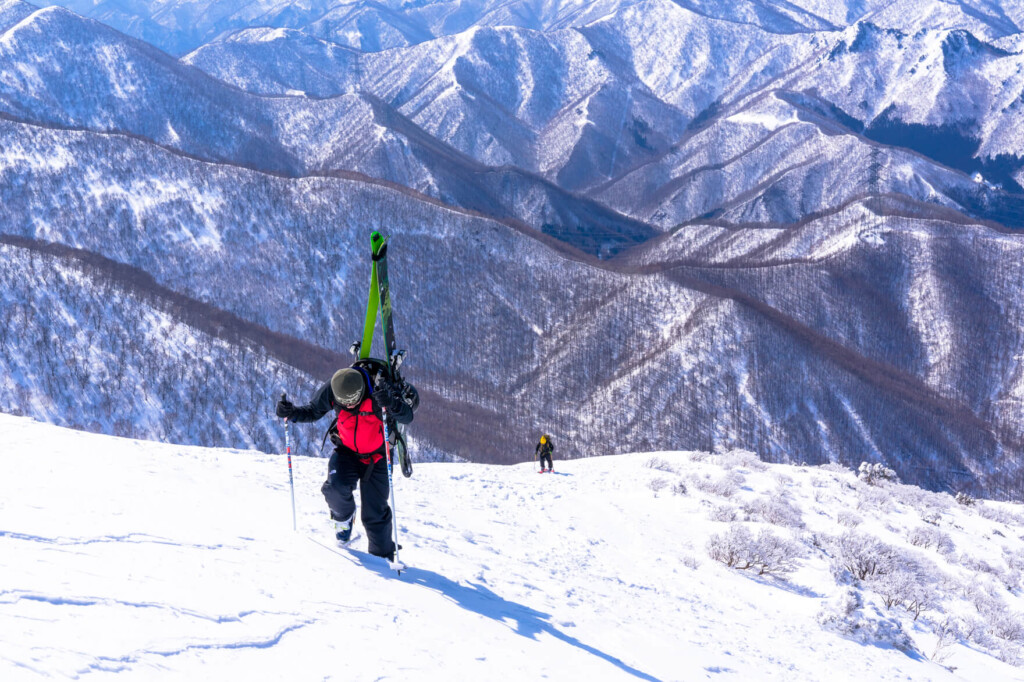
It also has a number of pockets and attachments that efficiently store tools that are commonly used in the backcountry, such as lined pockets for goggles, sleeves and covers for hydration and transceiver (radio), and helmet holders. These detailed storage options vary, such as those that may exist or not for each model of each manufacturer, and also for simple models for those who do not need to store unnecessary things like this, so this is something you can choose according to your preferences.
On the other hand, when making materials and parts, the buckles are made of durable fabric, the buckles are designed to be easy to operate, and the parts are made of materials that are resistant to freezing...and so on, the assumption that it is "used with gloves at low temperatures."
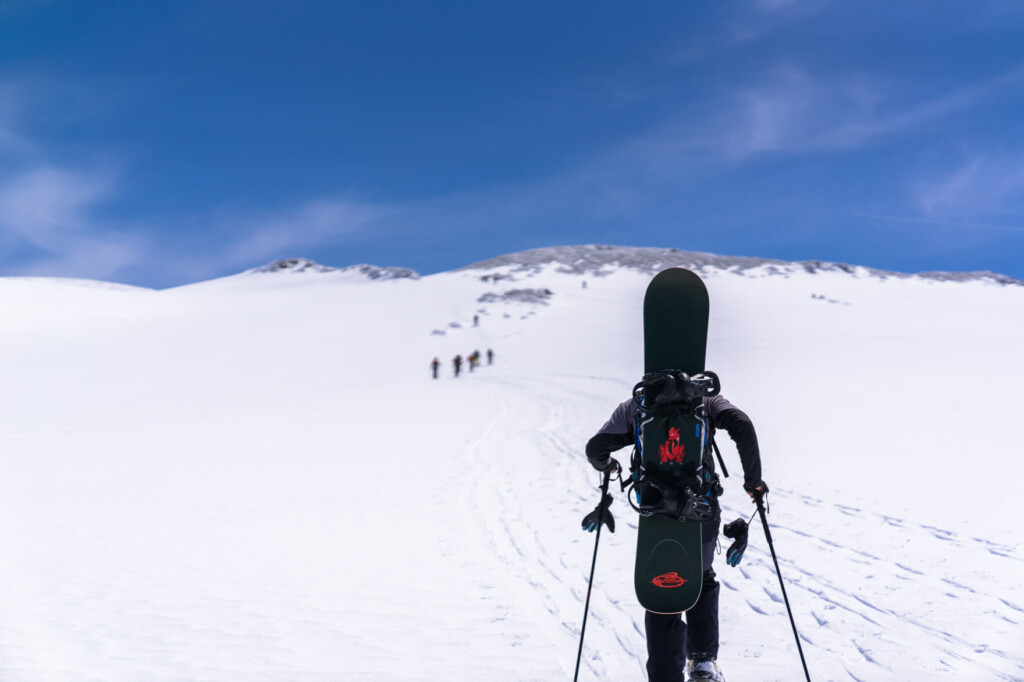
10 points to check out when choosing a backcountry backpack
In the end, to choose the perfect backpack for you, you need to decide what type of ski tour you want to use it for. The questions we have just now are just examples, such as whether you just climb a small uphill at the back of the ski resort, whether you spend a whole day aiming for the summit from the trailhead, whether the world of Eisen Pickers is around the top, or whether you'll stay in a tent at base camp, but the best model for backcountry also varies depending on the specific purpose.
However, in any case, there is a certain theory regarding the key points to choose from, which perspective is necessary to choose such an optimal model. Based on my actual experience, I have summarized them into the following 10.
Point 1: Size (capacity)
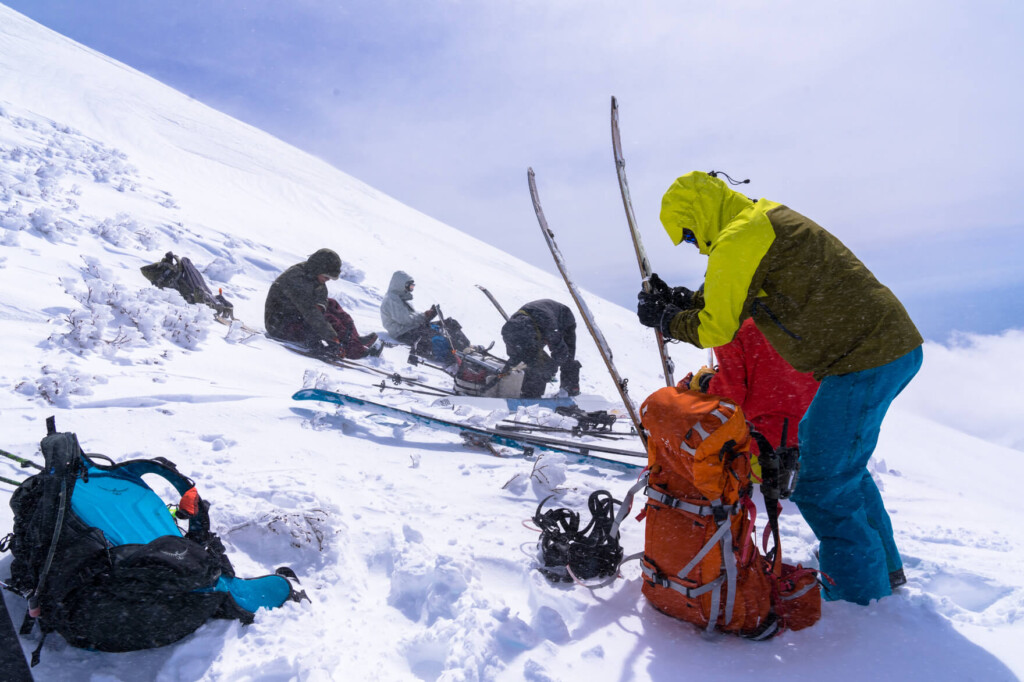
In the case of backcountry where you glide through powder during the high season of January and February, most people will most likely focus on half-day or day trips.
If you're most of these half-day backcountry tours, the main items you pack in your backpack are essentials (shovels, probes, moisture, winter clothes, spare goggles and gloves, seals and coughs, and depending on the route, pickel crampons. Therefore, the capacity of the backpack is just right enough to fit them, and in my experience, sizes from around 25L to 35L are just right. If possible, it is best to avoid 20L or below for light courses, ski racing, or for those who are extremely confident in packing.
On the other hand, as you start to aim for a variety of routes, such as routes that are a little difficult to get used to, or courses that are full of the first day, you will also get more equipment, including ropes and harnesses, many gears, and even larger water bottles. Considering these sizes also covering these, I would like to have a size of 40L or more, which is more generous. Also, people who carry unusual luggage such as large cameras and drones can rest assured with this much capacity. In my case, I think it's best to carry a SLR camera with me, so I ended up having to go around 40L in the end. If you remove these unnecessary luggage, the average size is around 35L, taking into account various possibilities.
Related Articles
Furthermore, with a capacity of 40L or more, you may also be considering a backcountry trip (such as a hut stay), but if you are considering a full-scale ski tour with a snowy mountain tent, it is wise to consider a 70L class all-around model that can be used even in snowy mountains, rather than a model exclusively for backcountry.
Point 2: Is it equipped with or without an avalanche airbag?
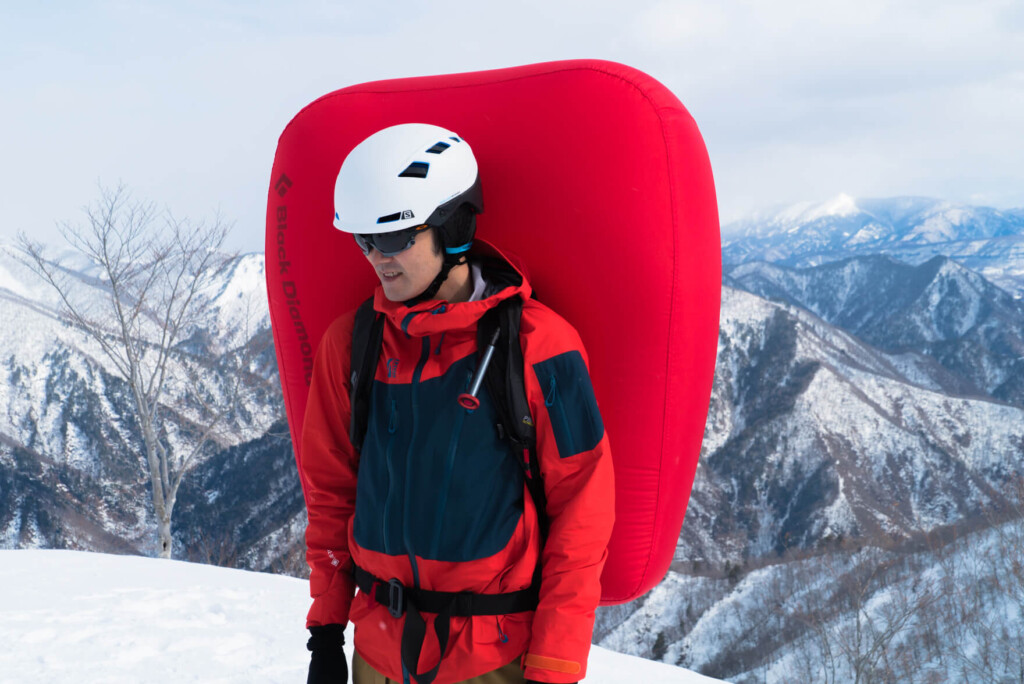
An avalanche airbag is a large airbag that inflates instantly to prevent skiers from burying in the event of an avalanche. Asphyxiation is the most common cause of death in avalanches, so airbags keep your body floating on the snow, which can greatly increase your survival rate (not 100% safe).
In recent years, many backpacks have been featured with avalanche airbags from various manufacturers, and I would like to use those models if possible, but they are still expensive. Also, depending on the terrain and weather, the BC area is not always a place you should never go without, so (although I personally recommend it) you should decide according to your own needs and budget.
Related Articles
Point 3: Comfort and stability when carried on your back
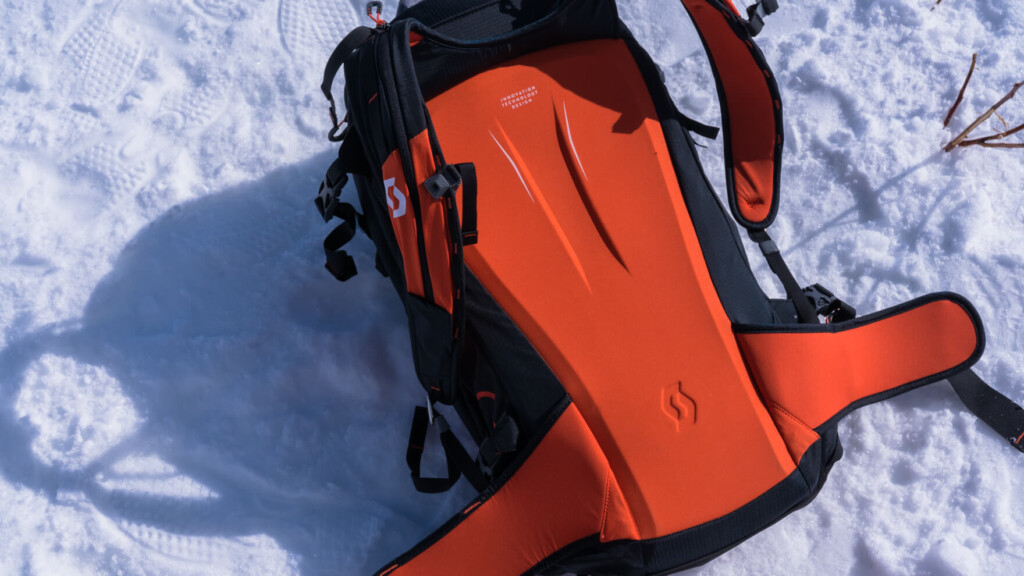
Although the main focus is on day-on-day luggage, since you carry a certain amount of weight and slide down, it is dangerous if your backpack is uncomfortable to carry, or it is not stable and shakes left and right, and most of all, it is not fun.
If you carry around a relatively large backpack of 30L or higher and weigh around 10kg, you will likely be experiencing considerable fatigue if you continue to work for a long time. For this reason, it is recommended to choose a model that is as comfortable as possible to carry and is as comfortable as possible to wear and to prevent pain in the shoulders and lower back, but what you need at this time is to have a sturdy back structure.
The back structure refers to the construction of the back frame (panel), shoulder strap and hip belt as a whole. It is important that the comfortable rear structure includes a hard rear panel and frame that will not be distorted by loads or pressure, and we recommend a model that has a solid presence. Otherwise, the pack will not fit perfectly on the back, causing the weight to not be distributed, and the load will be biased.
Shoulder straps and hip belts are best to withstand loads as robust and highly cushioned as possible, but if they become too voluminous, they will become in the way when they slide down, causing intense movements. With this in mind, you should choose a model with as wide as possible and highly cushioned as possible, without compromising lightness and ease of movement.
Point 4: Ski/Snowboard installation method
One of the major features of ski tour backpacks is that they have mechanisms and parts for carrying skis (snowboards).
Generally, skis (or splitboards) are A-frame systems (photo below) or
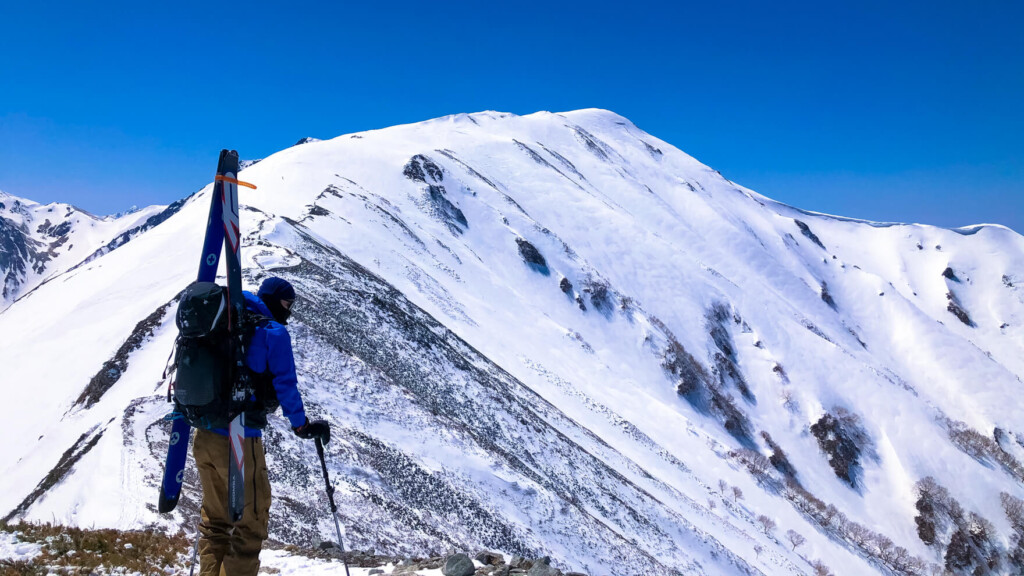
Alternatively, it can be attached to the ski pack using a diagonal (photo below).
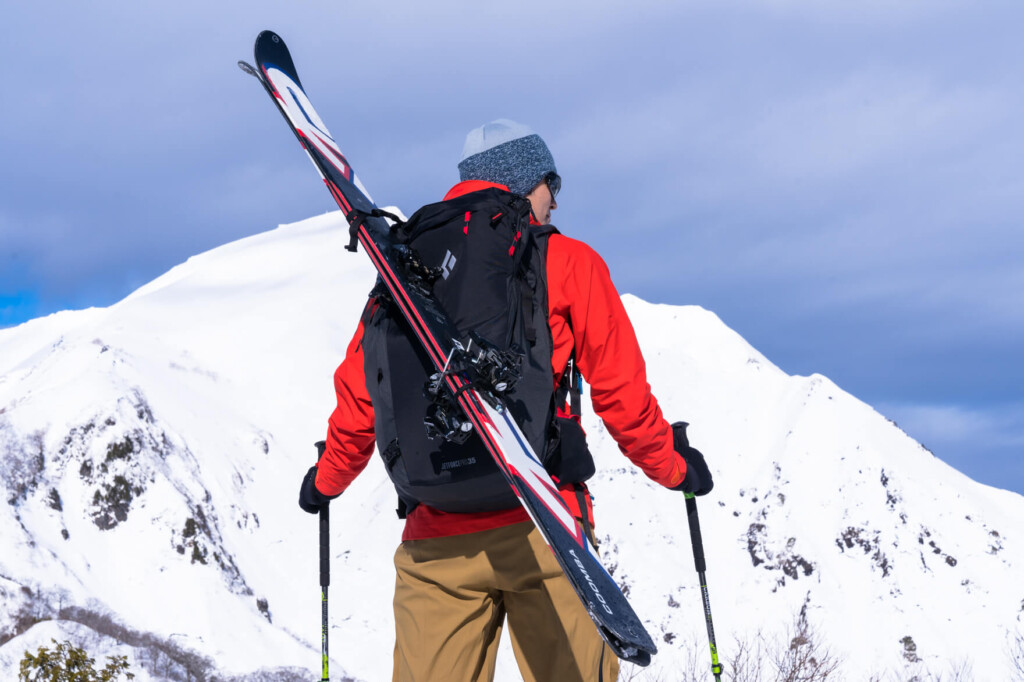
On the other hand, for snowboarders, it is important to see if there is a mechanism for attaching snowboards and snowshoes vertically or horizontally to the front of the backpack (photo below).
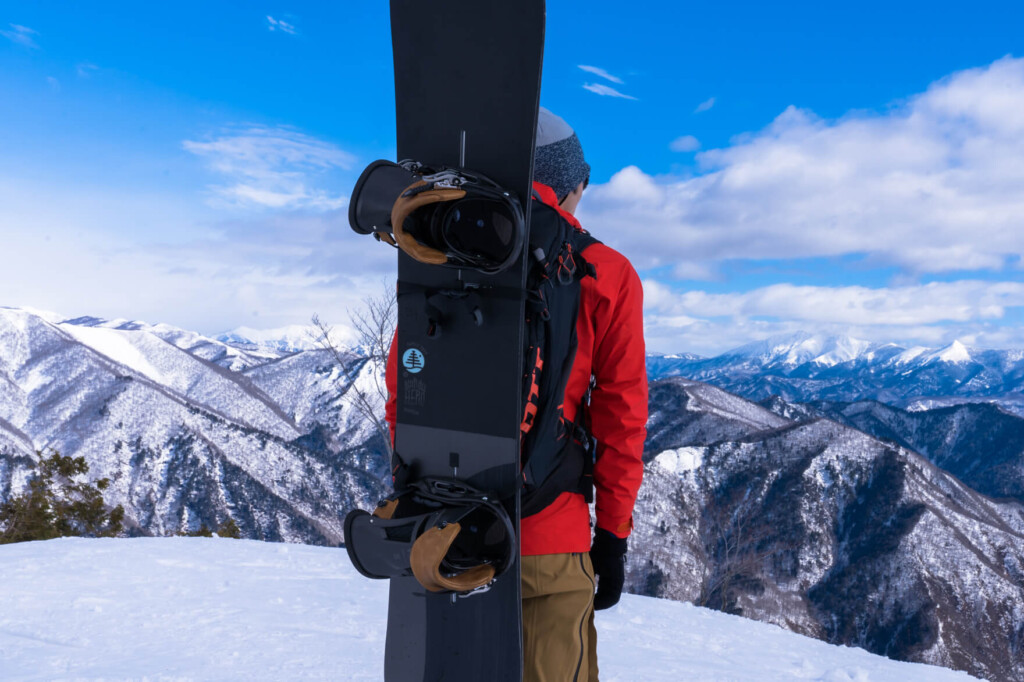
Some backpacks offer all these styles, some models offer a variety of styles, some models that can only secure skis with an A-frame, or models that are not intended to be installed on snowboards, so when choosing, check which styles are possible.
By the way, in most cases, how to attach the ski is a personal preference, but if I had to say, the A-frame is firmly fixed to the side of the backpack, so it feels stable, but it takes a relatively long time to install, and with diagonals, it is easy to fasten to the backpack, but is easily swingable by the wind and has a relatively low stability.
In any case, before you go out into the backcountry, it is important to practice putting your skis, splitboards and snowboards on your bag to see how the strap arrangement works. Snowy mountains can lead to great danger if they arise in an emergency.
Point 5: Storage for avalanche tools
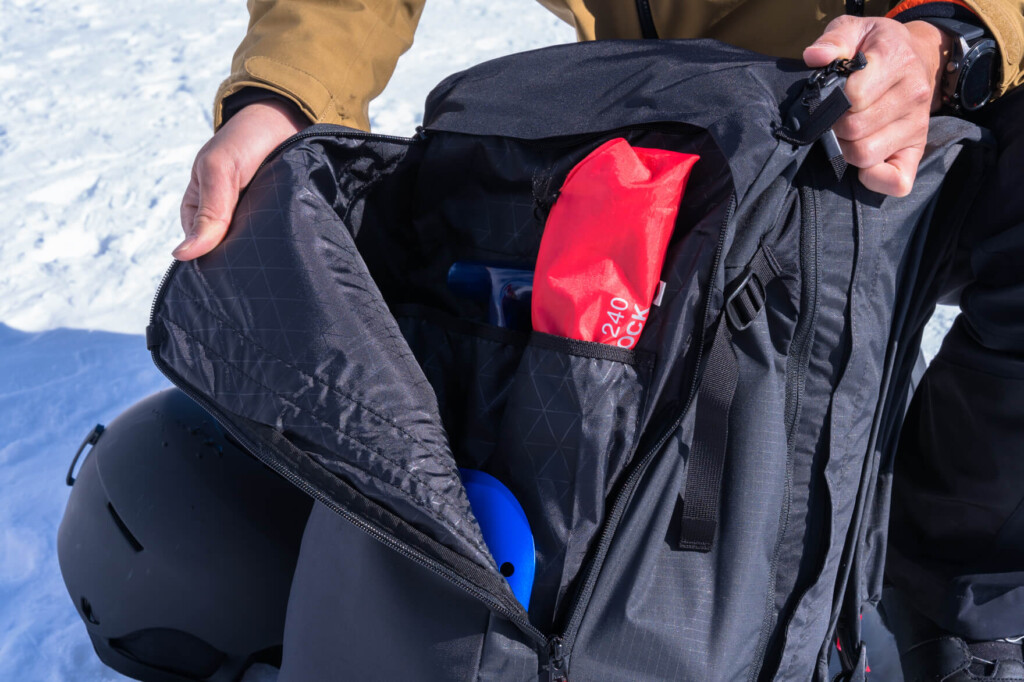
Another major feature of the BC ski/snowboard pack is that it has a compartment for avalanche prevention tools (shovels and probes).
Once an avalanche accident occurs, it will be a serious matter for every minute and one second, so whether these tools can be safely stored or quickly accessed in the event of an emergency are essential elements for a backpack. Rather than just making detailed gimmicks, make sure you check whether the above two points are clearly aware of.
Point 6: Access to main storage

Many BC backpacks have zippers that allow you to access the interior from the back (or side) of the pack.
There are a number of main reasons, such as having your feet secured to the skis so that you can put the contents in and take them out without completely lowering the backpack, or making it easier to take out the luggage deep inside the pack (without throwing small items outside), but this function is definitely convenient, so you can consider this function to be an essential part of a BC pack.
The problem is its structure. If the zipper allows the back panel to be opened in a U-shaped shape, it is easy to open the back panel without thinking about it, but if the zipper passes through the top of the strap, you will not be able to open the panel until you remove the shoulder buckle (photo below). It's a bit of a hassle, but this is a bit annoying (lol).
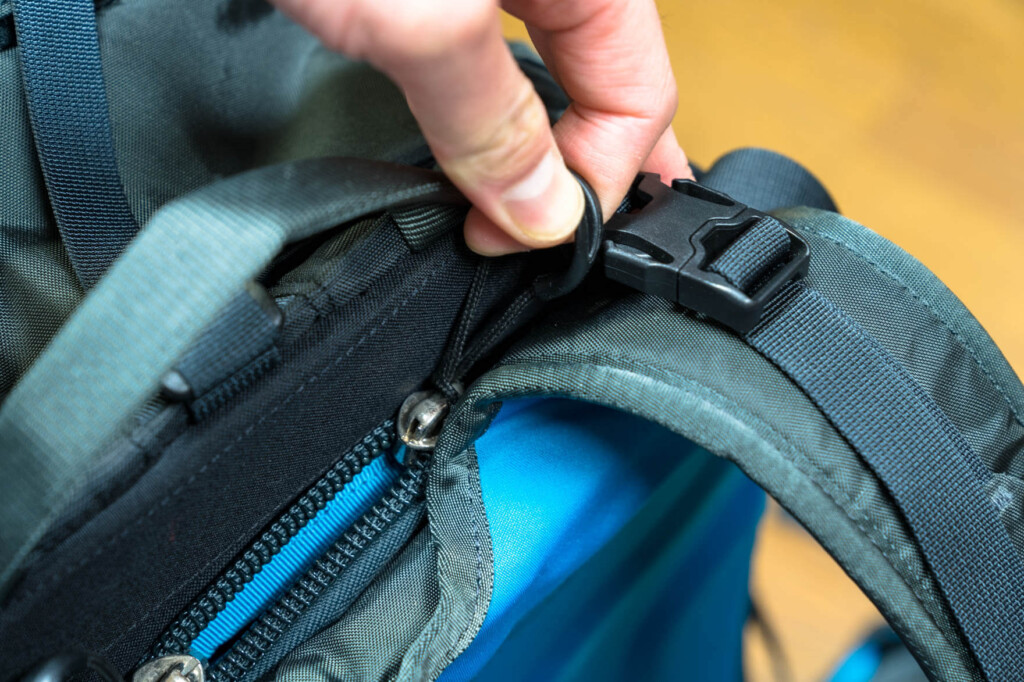
In summary, the most recommended way to access the main storage is that it can be accessed from the top and back. And the best thing about accessing the back is that the zipper can be fully opened with just one action. Of course, it's not impossible to compromise if it's anything other than this.
Point 7: Helmet holder

In recent years, it has become almost commonplace to wear helmets on skis, and there have been an increase in models that even backpacks for BC come with parts to attach helmets to packs. These carry systems come with a cover fabric that can be stored and removed, and you can attach it to a specified location by holding the helmet inside it. When choosing, check if there is one. Of course, you can fix it in some way without it, so it's fine as long as you buy or make the holder yourself.
Point 8: Storage of other carefully selected tools
There are several other storage and attachments that are not necessarily necessary, but are extremely convenient to have, so in addition to the above, I will list all the storage and attachments that I personally prefer.
Goggle storage
The storage method of goggles, which is an essential gear for BC skis and snowboards, is also a point to check, although it is a detailed look. Certainly, just because there is no one doesn't change the usability dramatically. Of course, there are models that are lighter and do not have this pocket as a policy. However, it is certain that packing is easy if you have a place where you can safely store goggles, which are delicate items. For thick models, the fabric may be brushed fleece, and some can be thrown directly into the room. Such a pack gives you a sense of gentleness.
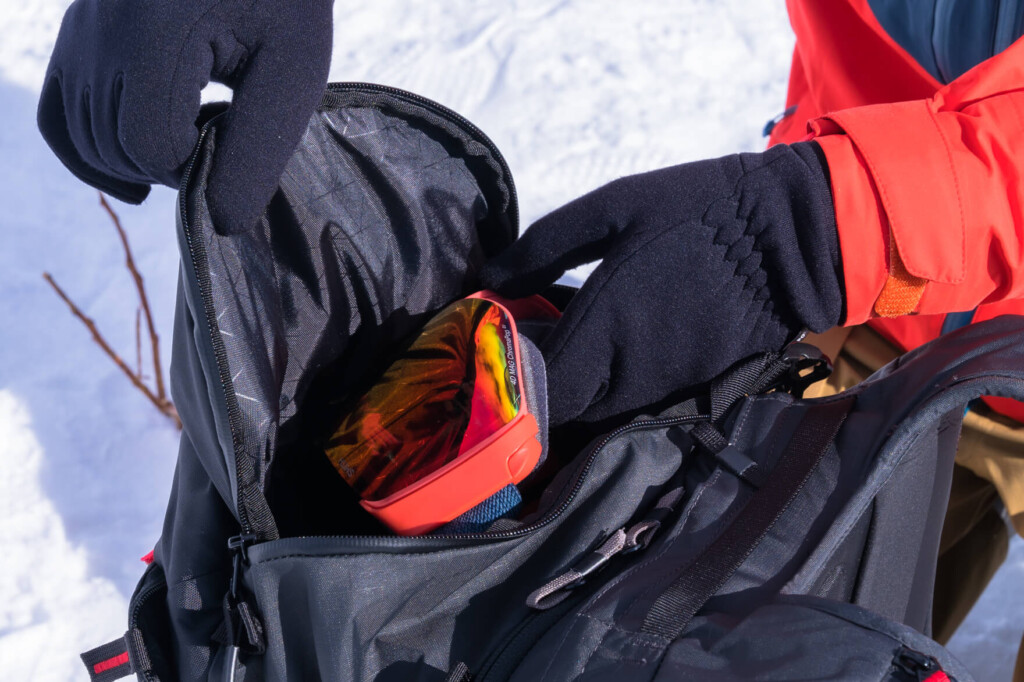
Hydration storage and hose holes
In backcountry where it's hard to put down your backpack, it may be more convenient than in the summer to keep you hydrated. Therefore, having a backpack that supports hydration can be useful in some ways while you are on the move.
However, hydration containers and hoses can freeze in the cold of winter, so it is important to maintain their heat retention. Put the tubes and containers in a heated case, or choose a backpack with a hose cover on the shoulder strap.
Transceiver and speaker microphone storage

Although there are not many situations in the summer mountains, in the winter mountains, people often carry a transceiver for communication between friends or a radio that can even request rescue in an emergency. You can simply put it in your jacket pocket, but it's quite bulky, so you'd like to store it smartly if possible. So, the smartest way to do this is to store the transceiver itself in a backpack and then set the microphone speaker to the shoulder (through a hydration hose hole, etc.). This will not take up much space around you and allow you to have quick conversations when you need it. This is a limited number of models that are properly envisaged, but on the other hand, a backpack with such a well-thought-out idea can be said to be the best of its class of ease of use.
Pickel Stock, Crampon, Rope Storage
Many backpacks should come with attachments that secure the pickle or stock to the backpack. Even if you're a beginner so you don't need it, you'll likely be able to use it in the future depending on the season and route, so make sure you have some mechanism to store these ice tools. On the other hand, please be careful as models that do not have this in the unlikely event are likely not for full-scale BC.
In addition, some European manufacturers with a large number of glaciers have a mechanism that allows them to store clamps and ropes smartly.
Point 9: The shoulder strap and waist belt feel comfortable
This may be a big part of what I like, but for me, the fit and ease of use of the shoulder strap are important points. Even if your luggage isn't that heavy, once you have to attach a ski or board to a pack, you will have to carry a much heavier load than usual, and you will also be concerned about it being bitten into your shoulders. With a thick, comfortable shoulder strap, you can carry it easily in such situations.
I may be too particular about it, but I'm also surprised at how the waist strap is tightened. Above all, the type that is fastened to the front (top of the photo below) is much easier to tighten and use, so if it is pulled back (outside) (bottom of the photo below), it would be a bit disappointing.
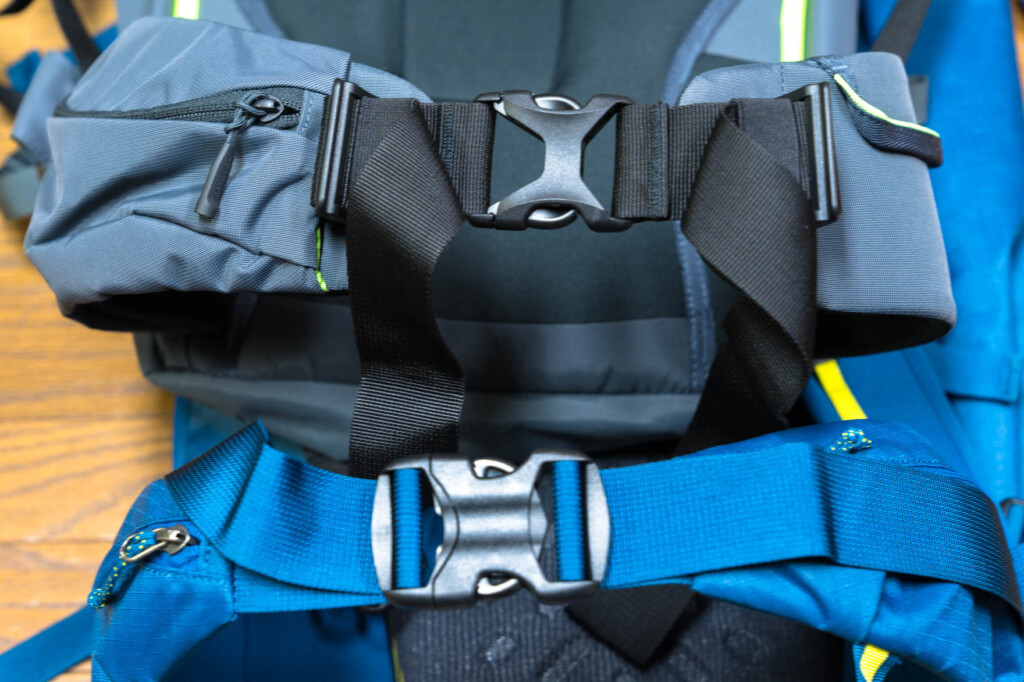
Point 10: Ease of use of zippers and buckles
Personally, when it comes to backpacks for BC, rather than for snowy mountains, what I personally pay attention to is the size of the zipper, durability and operability. Keeping in mind that you often wear thick gloves and mittens, a zipper with a large tab will reduce stress during your actions and make you feel more comfortable. Try opening and closing it several times to see if the zipper is easy to hold, whether it moves smoothly, whether it is strangely small or not.
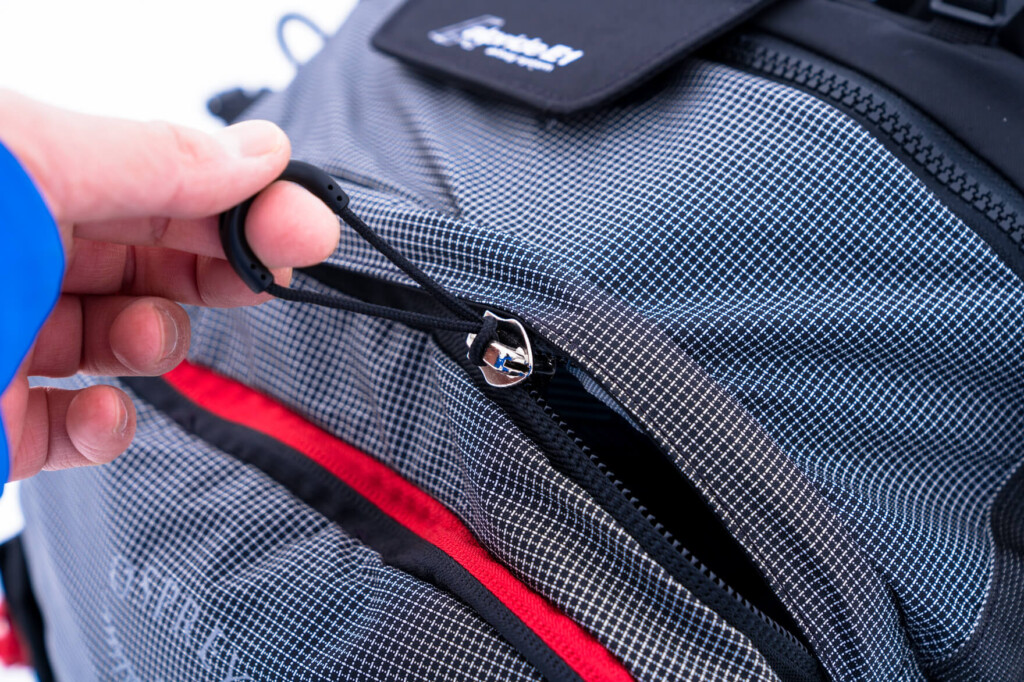
Also, the buckle is carefully considered in mostly models, such as whether it is a smooth shape that can be operated with the pad of your fingers even when wearing gloves, whether it is less likely to clog snow, and whether it has parts that make the strap more difficult to loosen, so check that if possible.
Finally, check this one out too
Finally, this is not limited to BC, but I would like to add some points to be sure to check when choosing a backpack.
The back length is correct
The back length refers to the length from the bone that is the most protruding behind the neck (7th tibular bone) to the upper end of the hip bone. If this size is not right with a backpack of 30L or more, it will have a major impact on the comfort of carrying it, so it is important to make sure that it fits your back length before purchasing. There may be variations in the back length, such as S/M/L, among the same models, so don't forget to check them out and choose the size that suits you.
→For the back length, please also refer to how to choose a backpack.
Durability and weight
Winter backpacks are generally made of durable fabrics, and generally the more durable the fabric, the more weight it tends to increase. However, no matter how lighter it is, the disadvantages (hazards) of being damaged or insufficient functionality are often more serious in winter mountains than the advantages of lighter weight, so unless you are a beginner or someone who is clearly trying to reduce the weight, you don't need to worry too much about it, so it's a good idea to focus on checking comfort and usability.
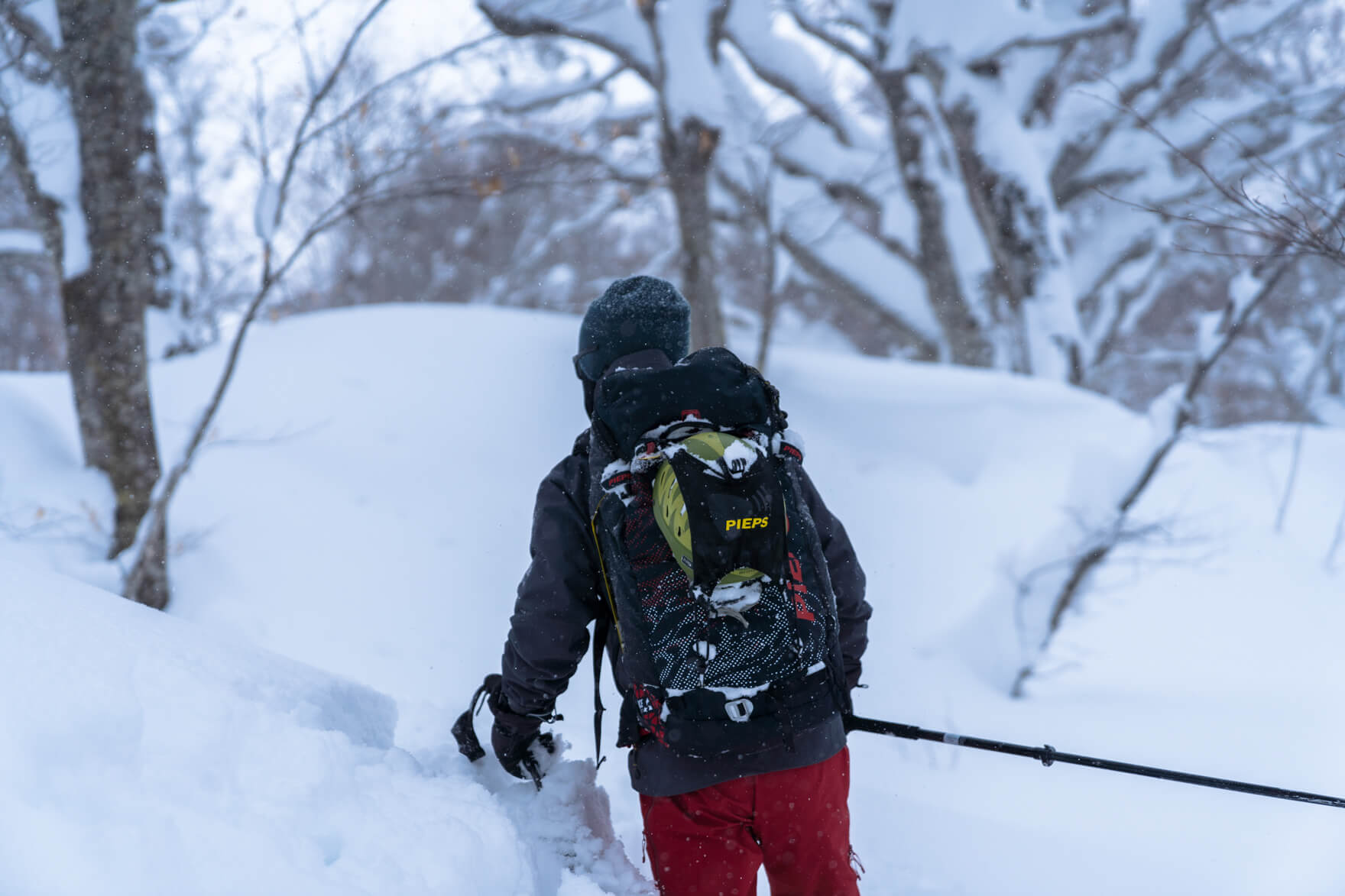
summary
As I mentioned at the beginning, backpacks for backcountry tend to have a wide range of habits depending on the manufacturer's concept, and there is a wide variety of styles, from caring people who accept the selfishness of the users, to craftsmen who have a strong confidence in their style and assertion, and who do not accept (and will not let them use them). With this in mind, I think that if users choose from the perspective of which attitude suits them, they will be able to use tools and love them more comfortably. Finding a partner that is more familiar to you than anything else is a backpack, is a difficult problem, but let's start to worry about it together as we prepare for the full-scale snow season.
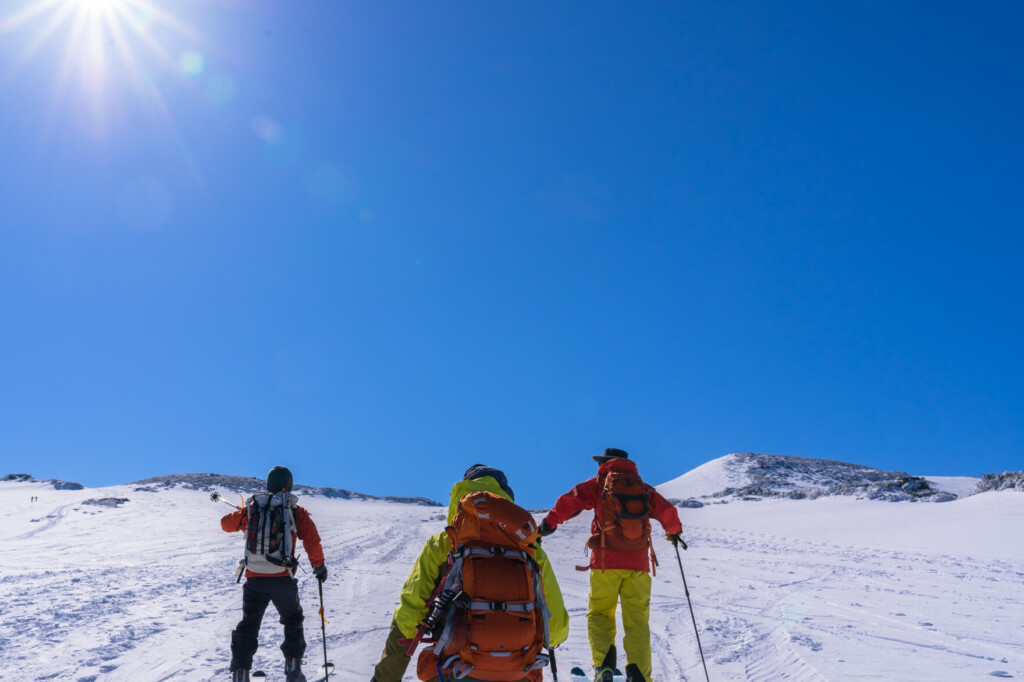






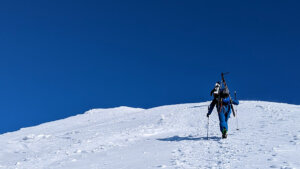 [Fall/Winter 2025] Snowy mountain climbing, backcountry skiing, alpine climbing. The best backpacks for extreme winter activities, categorized by purpose and preference.
[Fall/Winter 2025] Snowy mountain climbing, backcountry skiing, alpine climbing. The best backpacks for extreme winter activities, categorized by purpose and preference.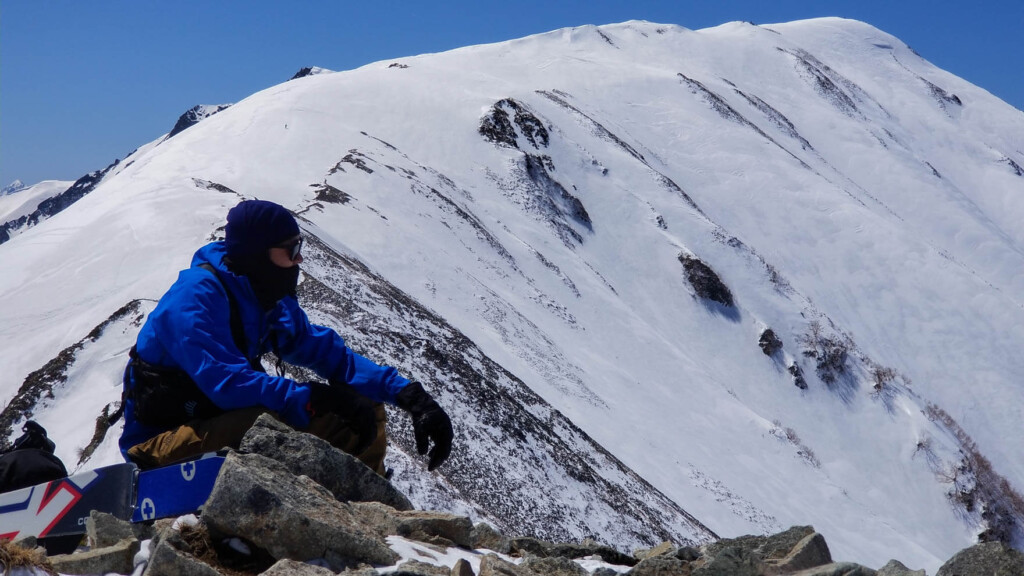 [Fall/Winter 2025] A hidden necessity for snow sports: the best balaclava models for different uses and preferences, plus tips on how to choose one without regrets
[Fall/Winter 2025] A hidden necessity for snow sports: the best balaclava models for different uses and preferences, plus tips on how to choose one without regrets [Fall/Winter 2025] Recommended base layers for this season and purpose, selected after comparing over 200 items, and how to choose the perfect one for you
[Fall/Winter 2025] Recommended base layers for this season and purpose, selected after comparing over 200 items, and how to choose the perfect one for you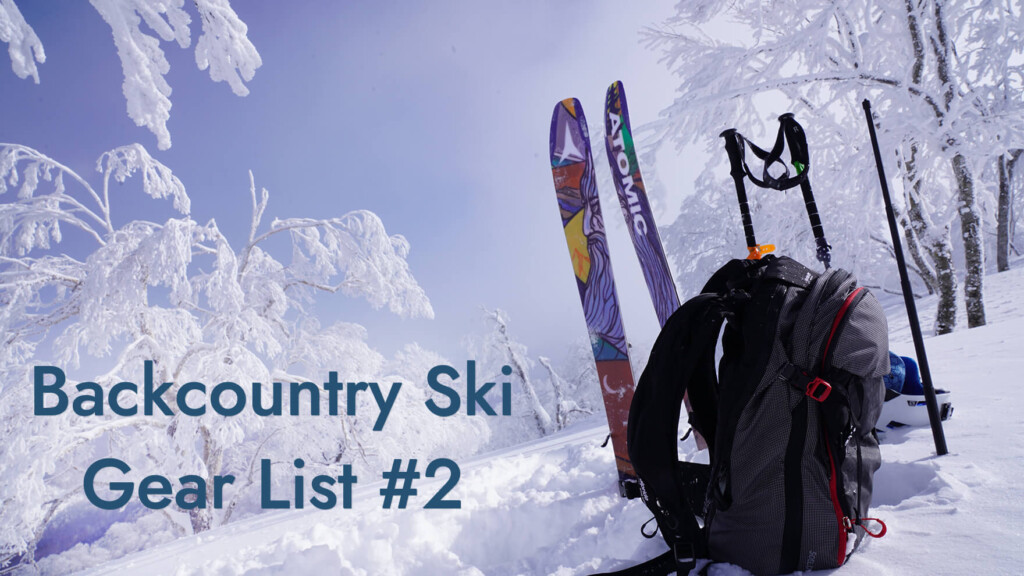 We'll be revealing the equipment list for the backcountry skis I've been using this season [Part 2]
We'll be revealing the equipment list for the backcountry skis I've been using this season [Part 2]